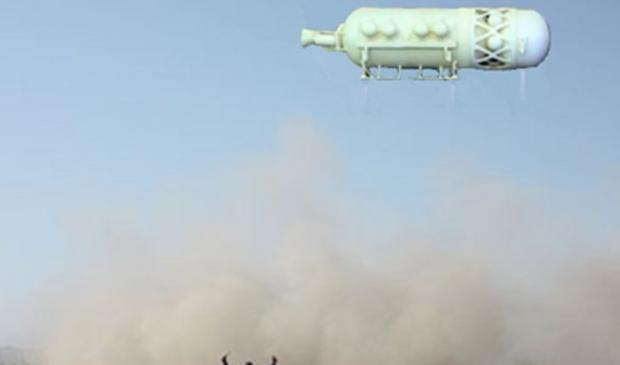
Breaking News
 Candace Owens Reacts to Erika Kirk's Interviews and Comments about Questioning TPUSA
Candace Owens Reacts to Erika Kirk's Interviews and Comments about Questioning TPUSA
 Bank of America just leaked their report to institutional clients.
Bank of America just leaked their report to institutional clients.
 IDEAL HUB TO KICK OFF THE GRAND PLAN: BIRTH OF "USAMERICAS"
IDEAL HUB TO KICK OFF THE GRAND PLAN: BIRTH OF "USAMERICAS"
 Why It's Cheaper to Abandon This Container
Why It's Cheaper to Abandon This Container
Top Tech News
 This tiny dev board is packed with features for ambitious makers
This tiny dev board is packed with features for ambitious makers
 Scientists Discover Gel to Regrow Tooth Enamel
Scientists Discover Gel to Regrow Tooth Enamel
 Vitamin C and Dandelion Root Killing Cancer Cells -- as Former CDC Director Calls for COVID-19...
Vitamin C and Dandelion Root Killing Cancer Cells -- as Former CDC Director Calls for COVID-19...
 Galactic Brain: US firm plans space-based data centers, power grid to challenge China
Galactic Brain: US firm plans space-based data centers, power grid to challenge China
 A microbial cleanup for glyphosate just earned a patent. Here's why that matters
A microbial cleanup for glyphosate just earned a patent. Here's why that matters
 Japan Breaks Internet Speed Record with 5 Million Times Faster Data Transfer
Japan Breaks Internet Speed Record with 5 Million Times Faster Data Transfer
 Advanced Propulsion Resources Part 1 of 2
Advanced Propulsion Resources Part 1 of 2
 PulsarFusion a forward-thinking UK aerospace company, is pushing the boundaries of space travel...
PulsarFusion a forward-thinking UK aerospace company, is pushing the boundaries of space travel...
 Dinky little laser box throws big-screen entertainment from inches away
Dinky little laser box throws big-screen entertainment from inches away
 'World's first' sodium-ion flashlight shines bright even at -40 ºF
'World's first' sodium-ion flashlight shines bright even at -40 ºF
What Is the Xeus Lander and How Does It Work?

The Xeus Lander
The Xeus Lander is our first attempt at bringing astronauts back to the lunar surface. Crafted from the upper stage of a Centaur rocket, the finished lander should be able to land belly-down on the Moon's surface, creating a horizontal habitation unit for astronauts to explore the Moon. Basing the design on an existing rocket means that the researchers can save years and millions of dollars because they do not have to design it from scratch.
The Centaur rocket currently relies on liquid hydrogen and oxygen fuel. Using it as a lunar platform is ideal because the water-ice on the moon could become a potential fuel source to allow the rocket to move back and forth between Earth and the Moon.
Masten Space Systems estimates that they could have a functional prototype ready for testing in less than two years. We may be heading back to the moon sooner than anyone anticipated.
Testing and Simulation
Even if MSS can get a working prototype ready in the next two years, there are still testing phases to consider before sending astronauts to the moon. Theoretical or computer models can provide only so much information, and they aren't necessary when you've got a prototype to work with. That's where space simulations come in.



